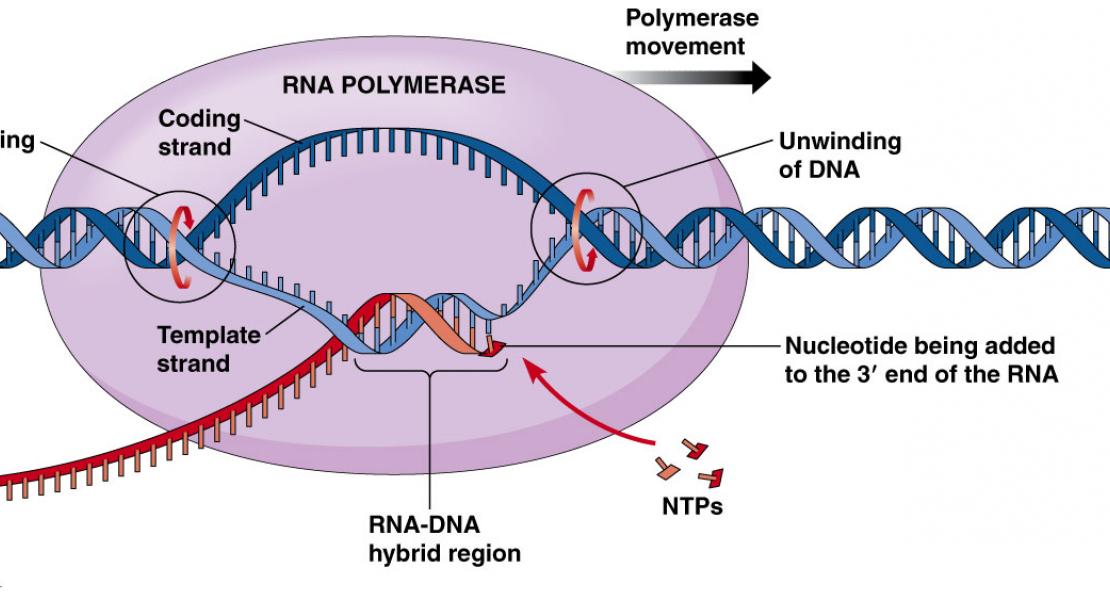Let-7 family of microRNA is required for maturation and adult-like metabolism in stem cell-derived cardiomyocytes

Abstract
In metazoans, transition from fetal to adult heart is accompanied by a switch in energy metabolism-glycolysis to fatty acid oxidation. The molecular factors regulating this metabolic switch remain largely unexplored. We first demonstrate that the molecular signatures in 1-year (y) matured human embryonic stem cell-derived cardiomyocytes (hESC-CMs) are similar to those seen in in vivo-derived mature cardiac tissues, thus making them an excellent model to study human cardiac maturation. We further show that let-7 is the most highly up-regulated microRNA (miRNA) family during in vitro human cardiac maturation. Gain- and loss-of-function analyses of let-7g in hESC-CMs demonstrate it is both required and sufficient for maturation, but not for early differentiation of CMs. Overexpression of let-7 family members in hESC-CMs enhances cell size, sarcomere length, force of contraction, and respiratory capacity. Interestingly, large-scale expression data, target analysis, and metabolic flux assays suggest this let-7–driven CM maturation could be a result of down-regulation of the phosphoinositide 3 kinase (PI3K)/AKT protein kinase/insulin pathway and an up-regulation of fatty acid metabolism. These results indicate let-7 is an important mediator in augmenting metabolic energetics in maturing CMs. Promoting maturation of hESC-CMs with let-7 overexpression will be highly significant for basic and applied research.
